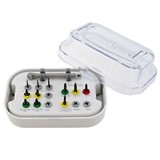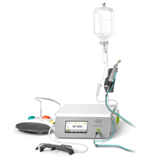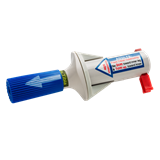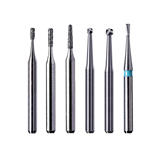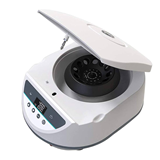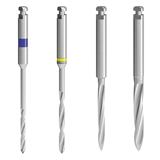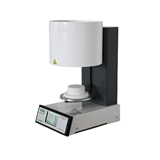The four-year study, which has been granted a National Health and Medical Research Council Grant of over $66,000, is being undertaken by PhD candidate and periodontist Dr Jamil Alayan from Griffith University’s School of Dentistry and Oral Health.
Dr Alayan and his team are using the latest tissue engineering technology to produce totally synthetic bone "scaffolds" that can be grafted into the patient’s jawbone. These will then provide a viable foundation within which to place titanium dental implants.
"Traditionally, people with missing teeth who have lost a lot of jawbone due to disease or trauma, would need to have these replaced with dental implants using their own bone," Dr Alayan said.
"This bone is usually derived from their jaw, but occasionally it has to be derived from their hip or skull.
"These procedures are often associated with significant pain, nerve damage and post-operative swelling, as well as extended time off work for the patient.
"In addition, this bone is limited in quantity.
"By using artificial bone, we can instigate a much less invasive method of bone and tooth replacement. A big benefit for the patient is that the risks of complications using this method will be significantly lower because bone doesn’t need to be removed from elsewhere in the body.
We also won’t have the problem of limited supply that we have when using the patient’s own bone."
Currently in pre-clinical trials, Dr Alayan said the aim is to trial the new technology on humans within the next two to three years.
Regarding the anticipated cost of treatment, he said that this should be a less costly way of augmenting deficient jaw bone, with the saving expected to be passed onto the patient.

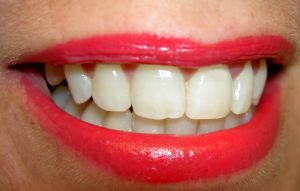
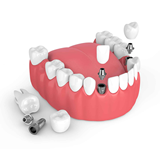

-160x160-state_article-rel-cat.png)

